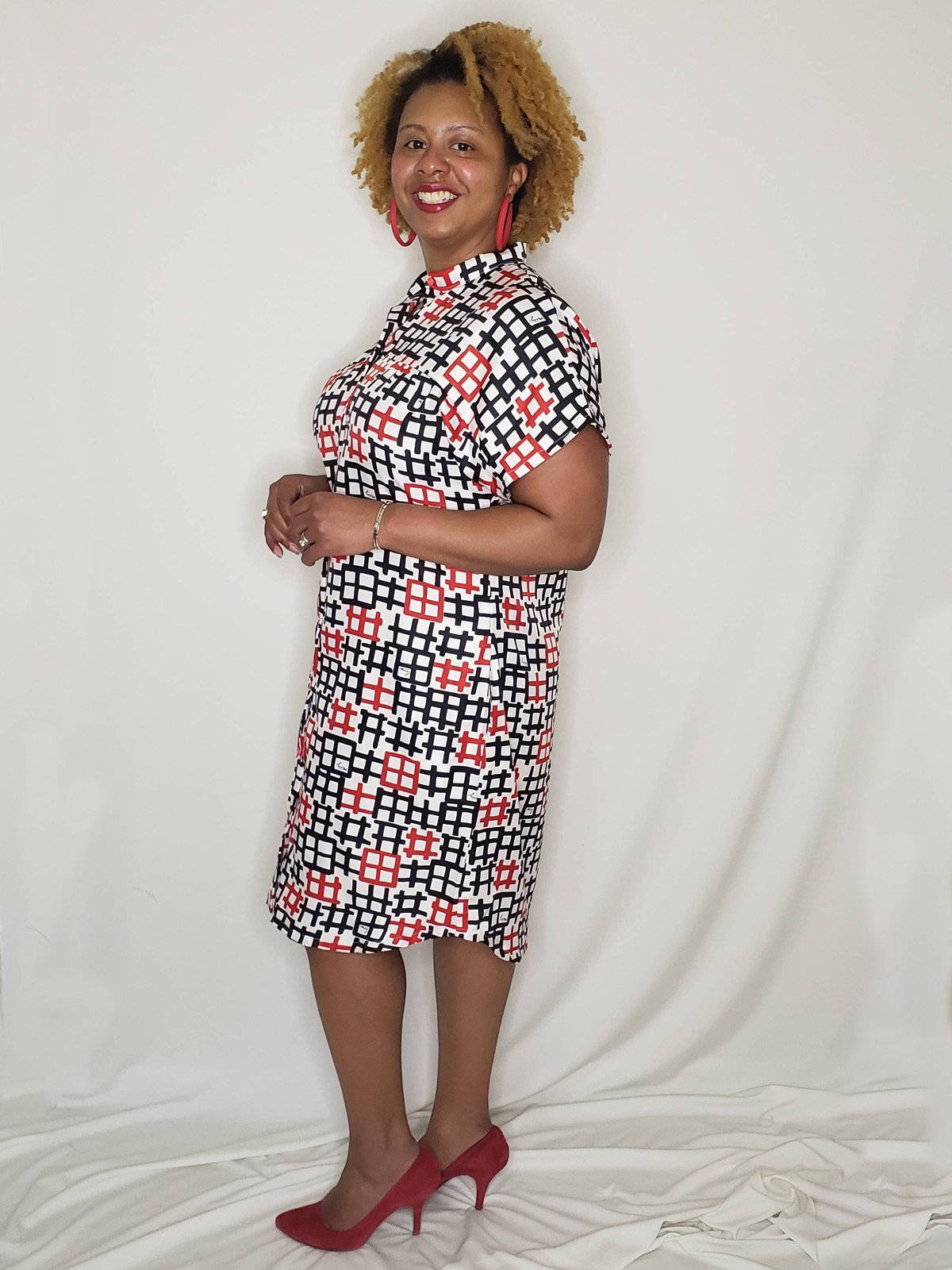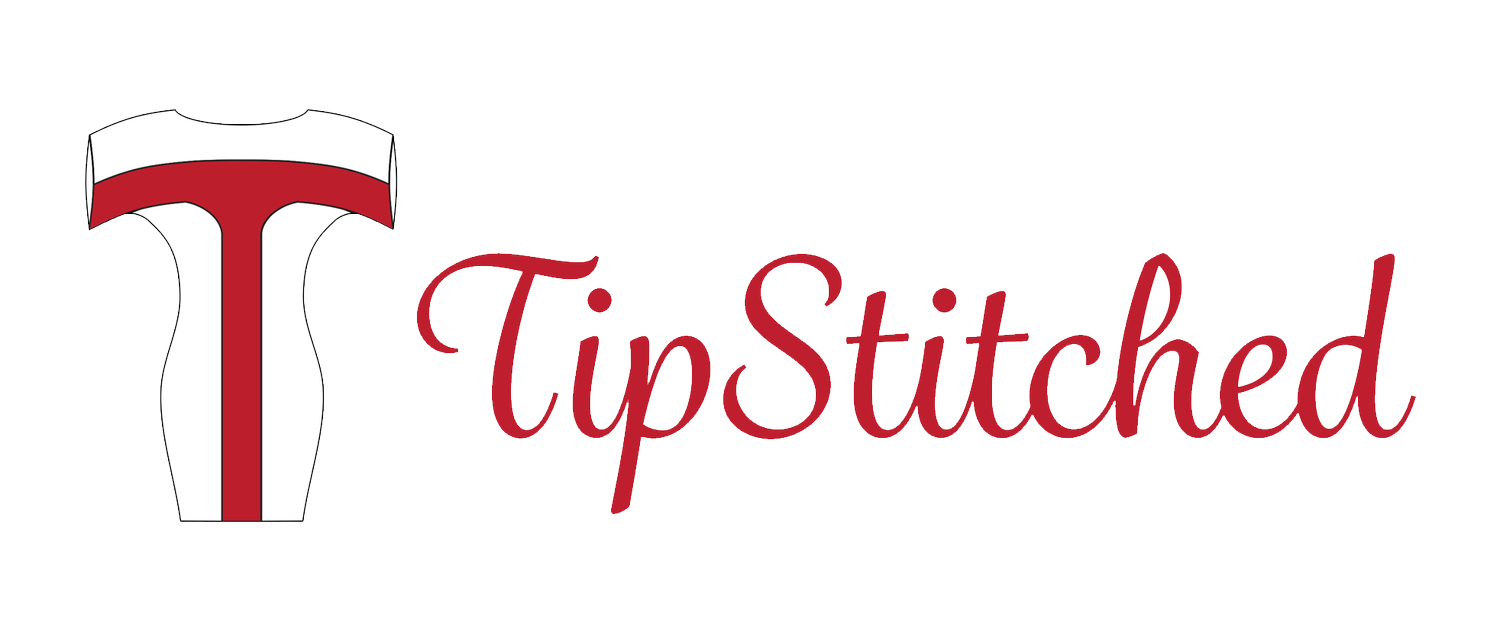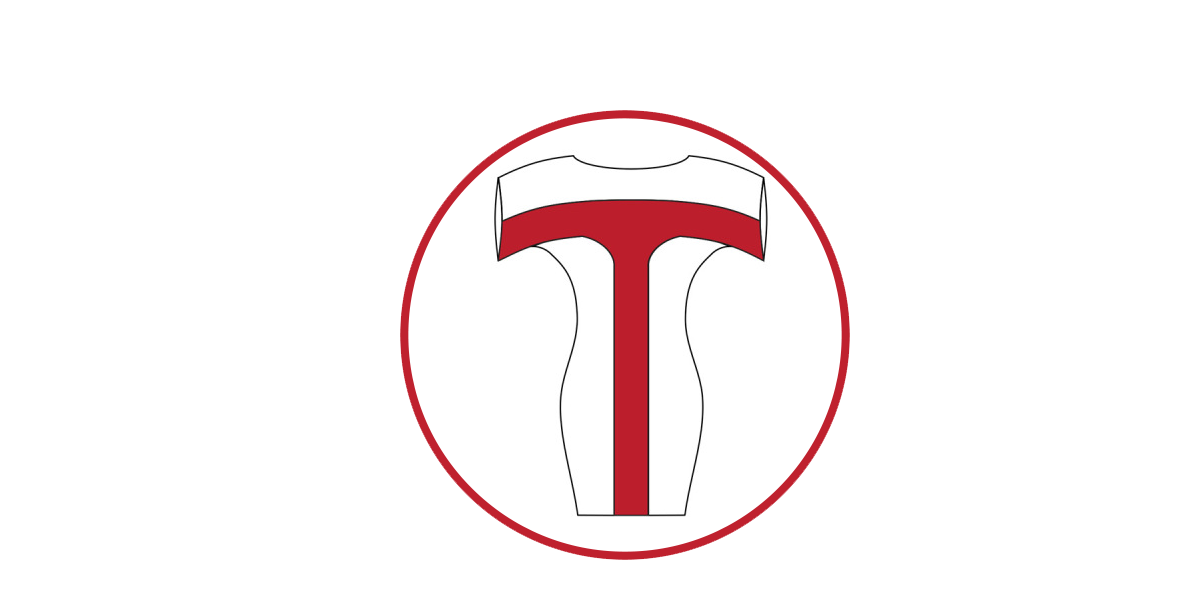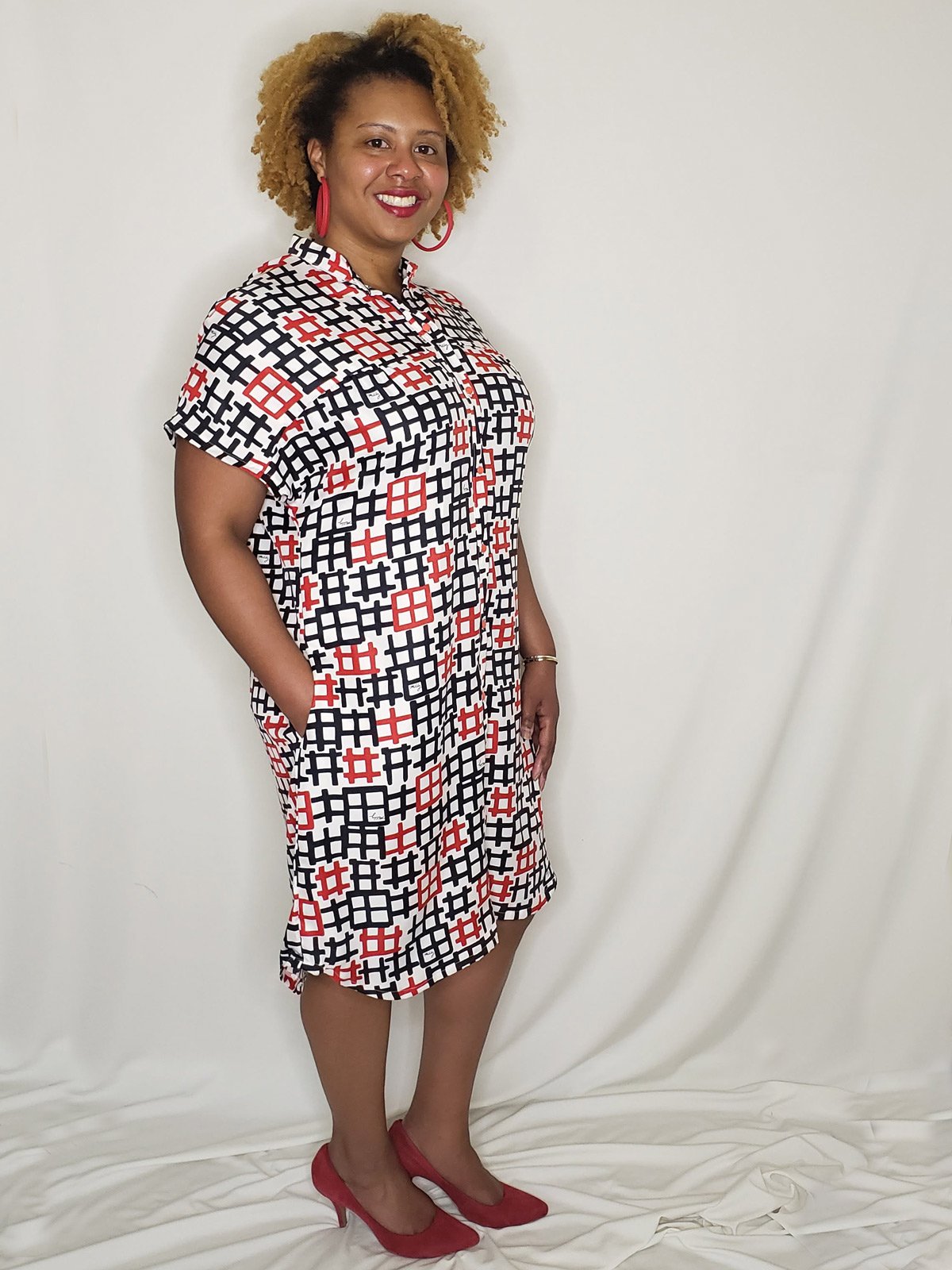Shirtdresses are For Spring: March Fabricista
I love shirt dresses! They used to be something I avoided creating, because I used to dread making buttonholes and was nervous to tackle cuffs. Thankfully I've overcome those worries (for the most part). Still it seemed my wardrobe was devoid of many shirt dresses (considering my closet is over 50% dresses). I probably have 8 or more patterns, but I've only sewn two; Mimi G's Katie Dress and Simplicity 8246 (which is really more of a duster). Even counting my RTW I only have one more; a denim one. So it's time to add more to my closet. McCalls 8030 is a great shirt dress for the first timer as the short dolman sleeves avoid set in sleeve and eliminates cuffs .The more relaxed silhouette is also means you don't have to fuss much with the fit, while the optional D-ring helps define the waist.
McCalls 8030 is a great shirt dress for the first timer as the short dolman sleeves avoid set in sleeve and eliminates cuffs .The more relaxed silhouette is also means you don't have to fuss much with the fit, while the optional D-ring helps define the waist. This polyester blouse weight twill by Milly has the perfect weight and drape for a this shirt dress. If you prefer a more structured look, stick to a cotton shirting or light weight sateen. I loved this fabric and print so much that I grabbed both colorways you see above. Unfortunately this fabric is sold out, but you can browse other shirtings and blouse weight fabrics from Fabric Mart here.
This polyester blouse weight twill by Milly has the perfect weight and drape for a this shirt dress. If you prefer a more structured look, stick to a cotton shirting or light weight sateen. I loved this fabric and print so much that I grabbed both colorways you see above. Unfortunately this fabric is sold out, but you can browse other shirtings and blouse weight fabrics from Fabric Mart here.
This fabric has a somewhat slinky feel, but isn't truly slippery. There's also a slight sheen without being shiny like a satin. It was easy to cut and sew, but I did get a few snags when pinning so make sure you use sharp pins and a fresh machine needle. I serged my pieces before assembling the pattern because as most twills it is also prone to fraying.

I chose to sew McCall's 8030 mainly because it's the newest shirt dress pattern in my collection. Also because it was a more relaxed style with dolman sleeves. In my opinion details like the sleeve band and collar would be lost due to the graphic and busy nature of the print so I chose view B. I did change the hem because I love the shirttail hem of view A, but prefer the length of view B length. To make this modification I traced the curve of hemline the view A onto copy paper and then traced that curve to the hemline of view B.







